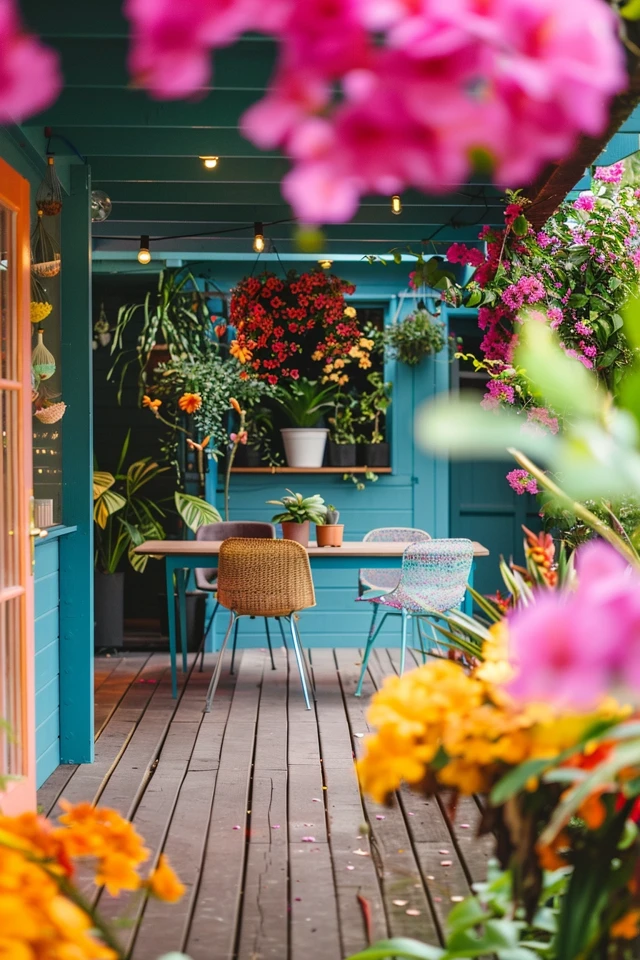Looking to expand your living space without breaking the bank? Closing in your carport may be the perfect solution for you. Not only does it provide protection for your vehicles, but it also creates a versatile area that can be transformed into various functional spaces.
From a playroom for the kids to a quiet home office, the possibilities are endless when it comes to carport enclosure options. With a little creativity and DIY know-how, you can easily convert your carport into a space that suits your needs and style.
One of the biggest advantages of a DIY carport conversion is the opportunity to customize your space. You have the freedom to design an enclosed carport that aligns with your vision and lifestyle. Whether you prefer a sleek and modern look or a cozy and rustic vibe, there are countless enclosed carport designs to inspire you.
Not only does closing in your carport enhance the functionality of your home, but it also adds value to your property. An enclosed carport is seen as an additional living space, which can be a major selling point if you decide to put your home on the market in the future.
Key Takeaways:
- Closing in your carport can be a cost-effective way to increase living space.
- There are various carport enclosure options, allowing you to convert it into different functional spaces.
- DIY carport conversion projects offer customization and savings.
- Enclosed carport designs can enhance the style and value of your home.
- Consider your personal preferences and lifestyle when designing your enclosed carport.

Converting a Carport to Living Space: Step-by-Step Guide
Converting a carport to living space can significantly expand your home’s functionality and add value to your property. Whether you need extra living space, a home office, or a hobby room, transforming your carport is an excellent solution. Here is a step-by-step guide to help you successfully convert your carport:
1. Assess Your Needs
Begin by determining how you want to utilize the space. Consider your lifestyle, family needs, and the overall purpose of the room. Whether you’re converting it into a garage, a guest suite, or a storage space with an enclosed carport, understanding your requirements will help you plan accordingly.
2. Create a Design Plan
Next, create a detailed design plan for the converted carport. Decide on the layout, room features, and any additional storage you may need. Consider also the electrical and plumbing requirements, insulation, and HVAC systems necessary for a comfortable living space.
3. Check Local Regulations
Before proceeding with the conversion, check with your local authorities to ensure compliance with building codes and regulations. Obtain any necessary permits for the construction process.
4. Remove Carport Equipment
Clear the carport of any equipment or belongings. This step ensures a clean slate to begin the conversion process.
5. Insulate and Weatherproof
Insulate the walls and ceiling of the carport to improve energy efficiency and create a comfortable living environment. Install weatherstripping and seal any gaps or cracks to prevent drafts.

6. Install Walls and Flooring
Erect walls to enclose the carport, creating separate rooms or open-concept living spaces. Choose flooring materials that suit your design style while considering durability and ease of maintenance.
7. Incorporate Storage Solutions
Designate a portion of the enclosed carport for storage, whether it’s built-in cabinets, shelves, or custom storage solutions. This will help maximize the functionality of your new living space.
8. Electrical and Plumbing Installation
Hire a professional electrician and plumber to handle the installation of electrical wiring, outlets, lighting fixtures, and any required plumbing fixtures. Ensure everything meets safety standards.
9. Paint and Decorate
Choose paint colors and decorative finishes that enhance the aesthetics of your new living space. Consider the overall theme or design style you want to achieve. Add personal touches with furniture, artwork, and accessories.
10. Final Touches and Inspections
Complete the conversion by adding the final touches, such as installing light fixtures, curtains, and hardware. Schedule final inspections to ensure all aspects of the conversion meet building codes and regulations.

Benefits of Closing in Your Carport
When it comes to maximizing the potential of your outdoor space, closing in your carport can provide countless benefits. Whether you’re looking for additional storage options, a functional workspace, or simply an aesthetically pleasing transformation, exploring carport enclosure options opens up a world of possibilities for you to consider.
One of the key advantages of closing in your carport is the opportunity to create a carport with storage. This added space allows you to keep your belongings organized and protected, ensuring they are safe from the elements. You can easily store your tools, sports equipment, gardening supplies, or even create a workshop area right in your own backyard.
Not only does closing in your carport offer practical benefits, but it can also serve as a source of inspiration for a stunning carport makeover. With the ability to customize the design and aesthetics, you can create a space that reflects your personal style and complements the architecture of your home. Whether you envision a cozy reading nook, a vibrant art studio, or a peaceful meditation room, converting your carport into a functional living space can bring your dreams to life.
Additionally, closing in your carport provides an excellent opportunity to increase the overall value of your property. The extra enclosed space can serve as an additional room, offering potential buyers more versatility and square footage. This can be particularly advantageous when it comes time to sell your home, as it sets your property apart from others and appeals to a wider range of buyers.

